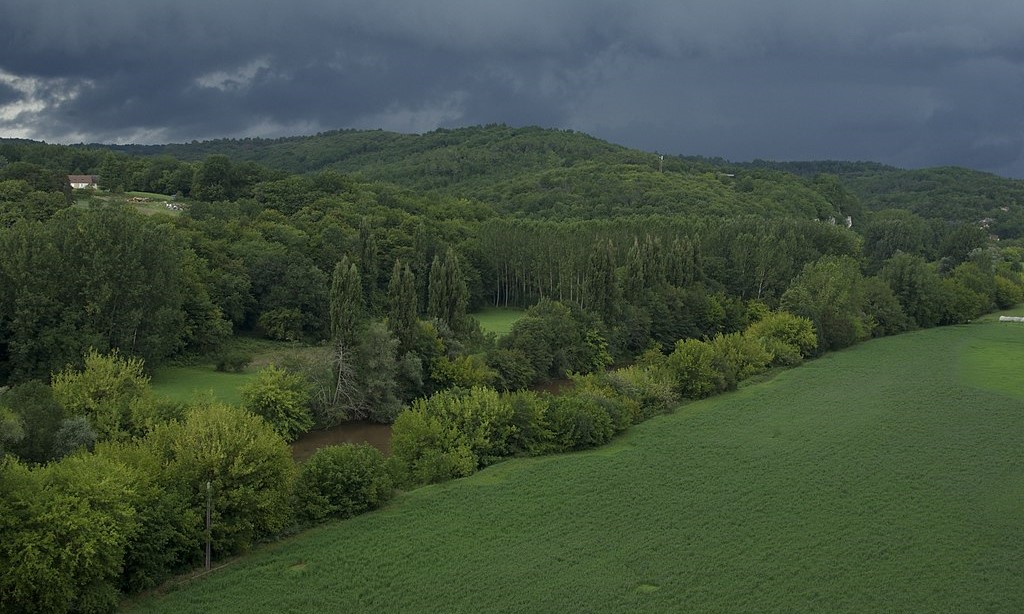Weather and climate are two interconnected but distinct concepts that describe atmospheric conditions over different time scales. Weather refers to the short-term variations in atmospheric conditions, such as temperature, humidity, precipitation, wind speed, and atmospheric pressure, occurring over hours to days. It is influenced by factors such as solar radiation, air masses, ocean currents, and topography. Weather forecasts provide predictions of future atmospheric conditions based on observations, data analysis, and numerical models, helping individuals and communities prepare for and respond to changing weather patterns.
Climate, on the other hand, refers to the long-term average of weather patterns observed in a particular region over decades to centuries. It encompasses factors such as temperature, precipitation, humidity, wind patterns, and seasonal variations, providing a broader perspective on atmospheric conditions. Climate is influenced by a range of factors, including geographic location, solar radiation, greenhouse gas concentrations, and Earth’s orbit and tilt. Climate change refers to significant and persistent alterations in the Earth’s climate system, often attributed to human activities such as burning fossil fuels, deforestation, and industrial processes, which have led to increased concentrations of greenhouse gases in the atmosphere and subsequent global warming.
Understanding the dynamics of weather and climate is essential for addressing a range of societal and environmental challenges, from agricultural planning and disaster preparedness to resource management and public health. Weather and climate data provide valuable insights into past trends, current conditions, and future projections, enabling policymakers, scientists, and communities to make informed decisions and develop strategies to mitigate and adapt to climate change. Through ongoing research, monitoring, and collaboration, efforts to better understand and manage weather and climate variability and change can contribute to a more sustainable and resilient future for all.

What about weather and climate interesting facts? Let’s take a look at these 10 interesting facts about weather and climate.
- Weather vs. Climate : Weather and climate are often confused, but they refer to different phenomena. Weather describes short-term atmospheric conditions, such as temperature, humidity, and precipitation, over hours to days, while climate refers to long-term patterns of weather observed over decades to centuries.
- Global Wind Patterns : Earth’s rotation and uneven heating from the sun create global wind patterns, including the trade winds, westerlies, and polar easterlies. These wind patterns play a crucial role in shaping weather and climate around the world.
- El Niño and La Niña : El Niño and La Niña are climate phenomena characterized by the periodic warming and cooling of sea surface temperatures in the central and eastern Pacific Ocean, respectively. These events can influence weather patterns worldwide, leading to extreme weather events such as droughts, floods, and hurricanes.
- Greenhouse Effect : The greenhouse effect is a natural process that traps heat in Earth’s atmosphere, keeping the planet warm enough to support life. However, human activities, such as burning fossil fuels and deforestation, have intensified the greenhouse effect, leading to global warming and climate change.
- Ice Ages : Earth has experienced multiple ice ages throughout its history, characterized by extended periods of glaciation and colder temperatures. These ice ages have had a significant impact on shaping Earth’s landscape and biodiversity.
- Tornado Alley : Tornado Alley is a region in the central United States, primarily in the Great Plains, known for its frequent and intense tornado activity. Warm, moist air from the Gulf of Mexico collides with cool, dry air from Canada, creating favorable conditions for tornado formation.
- Monsoon Season : Monsoon season is a seasonal shift in wind patterns that brings heavy rainfall to certain regions, such as South Asia and parts of Africa. The monsoon plays a vital role in replenishing water sources, supporting agriculture, and sustaining ecosystems.
- Climate Records : Scientists use various methods, including ice cores, tree rings, and sediment layers, to reconstruct past climate conditions and understand long-term climate trends. These climate records provide valuable insights into Earth’s climate history.
- Urban Heat Island Effect : Urban areas tend to be warmer than surrounding rural areas due to the urban heat island effect. Buildings, roads, and other structures absorb and retain heat, leading to higher temperatures in cities, especially during heatwaves.
- Climate Mitigation and Adaptation : Climate mitigation involves reducing greenhouse gas emissions and limiting global warming, while adaptation focuses on preparing for and responding to the impacts of climate change. Both strategies are essential for building resilience and addressing the challenges of a changing climate.
Weather and climate are dynamic and interconnected systems that shape our daily lives and the environment in which we live. While weather describes short-term atmospheric conditions, such as temperature and precipitation, climate provides a broader perspective on long-term patterns and trends observed over decades to centuries. Understanding the complexities of weather and climate is crucial for addressing a range of societal and environmental challenges, from disaster preparedness and agricultural planning to public health and biodiversity conservation.
By studying and monitoring weather and climate patterns, and implementing strategies for mitigation and adaptation, we can work towards building a more resilient and sustainable future for generations to come. Through ongoing research, education, and collaboration, we can better comprehend the intricacies of these systems and develop informed solutions to mitigate the impacts of climate change and ensure the well-being of both people and the planet.



